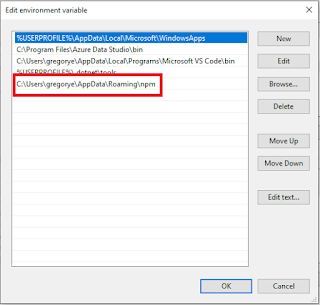Apply LINQ Grouping And Sum Aggregate To A Datatable Object (C#)
Good day!
Code:
Output:

Here's the C# version of this post. Apply LINQ Grouping and Sum aggregate to a Datatable Object (VB.NET)
Code:
1 2 3 4 5 6 7 8 9 10 11 12 13 14 15 16 17 18 19 20 21 22 23 24 25 26 27 28 29 30 31 32 33 34 35 36 | DataTable dt = new DataTable("tblEntTable"); dt.Columns.Add("ID", typeof(string)); dt.Columns.Add("amount", typeof(decimal)); dt.Rows.Add(new object[] { "1", 100.51 }); dt.Rows.Add(new object[] { "1", 200.52 }); dt.Rows.Add(new object[] { "2", 500.24 }); dt.Rows.Add(new object[] { "2", 400.31 }); dt.Rows.Add(new object[] { "3", 600.88 }); dt.Rows.Add(new object[] { "3", 700.11 }); var results = (from orders in dt.AsEnumerable() group orders by orders.Field<string>("ID") into g select new{ ID = g.Key, Amount = g.Sum(r => r.Field<decimal>("amount")) }).OrderBy(tkey => tkey.ID).ToList(); dgvSum.DataSource = results; |




Comments
Post a Comment